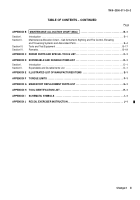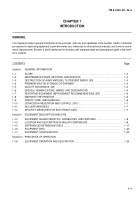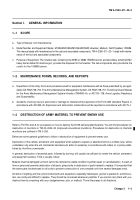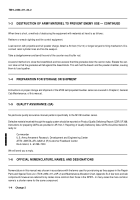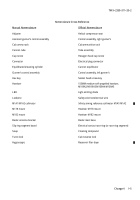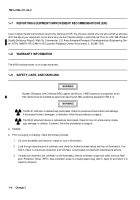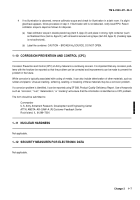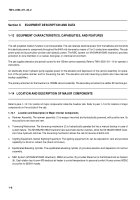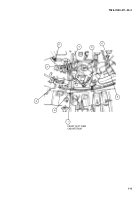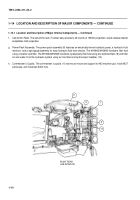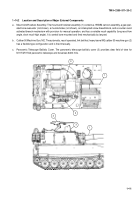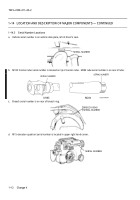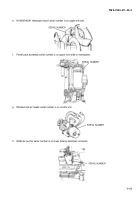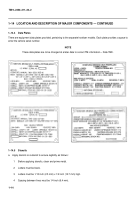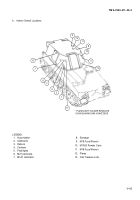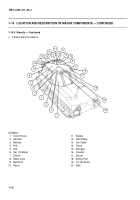TM-9-2350-311-20-2 - Page 38 of 828
TM 9–2350–311–20–2
Change 2
1–7
4
If no illumination is observed, remove collimator scope and check for illumination in a dark room. If a slight
glow/haze appears, follow procedure in step 3. If illumination still is not detected, notify local RPO. Return
collimator scope to depot as follows for disposal.
(a)
Seal collimator scope in double plastic bag (item 5, Appx D) and place in strong, tight container (such
as fiberboard box (item 6, Appx D)) with all seams secured using tape (item 38, Appx D) (masking tape
is not authorized).
(b)
Label the container: CAUTION – BROKEN H
3
SOURCE. DO NOT OPEN.
1–10 CORROSION PREVENTION AND CONTROL (CPC)
Corrosion Prevention and Control (CPC) of Army materiel is a continuing concern. It is important that any corrosion prob-
lems with the howitzer be reported so that the problem can be corrected and improvements can be made to prevent the
problem in the future.
While corrosion is typically associated with rusting of metals, it can also include deterioration of other materials, such as
rubber and plastic. Unusual cracking, softening, swelling, or breaking of these materials may be a corrosion problem.
If a corrosion problem is identified, it can be reported using SF 368, Product Quality Deficiency Report. Use of keywords
such as “corrosion,” “rust,” “deterioration,” or “cracking” will ensure that the information is identified as a CPC problem.
The form should be submitted to:
Commander
U.S. Army Armament Research, Development and Engineering Center
ATTN: AMSTA–AR–QAW–A (R)/Customer Feedback Center
Rock Island, IL
61299–7300
1–11 NUCLEAR HARDNESS
Not applicable.
1–12 SECURITY MEASURES FOR ELECTRONIC DATA
Not applicable.
Back to Top

